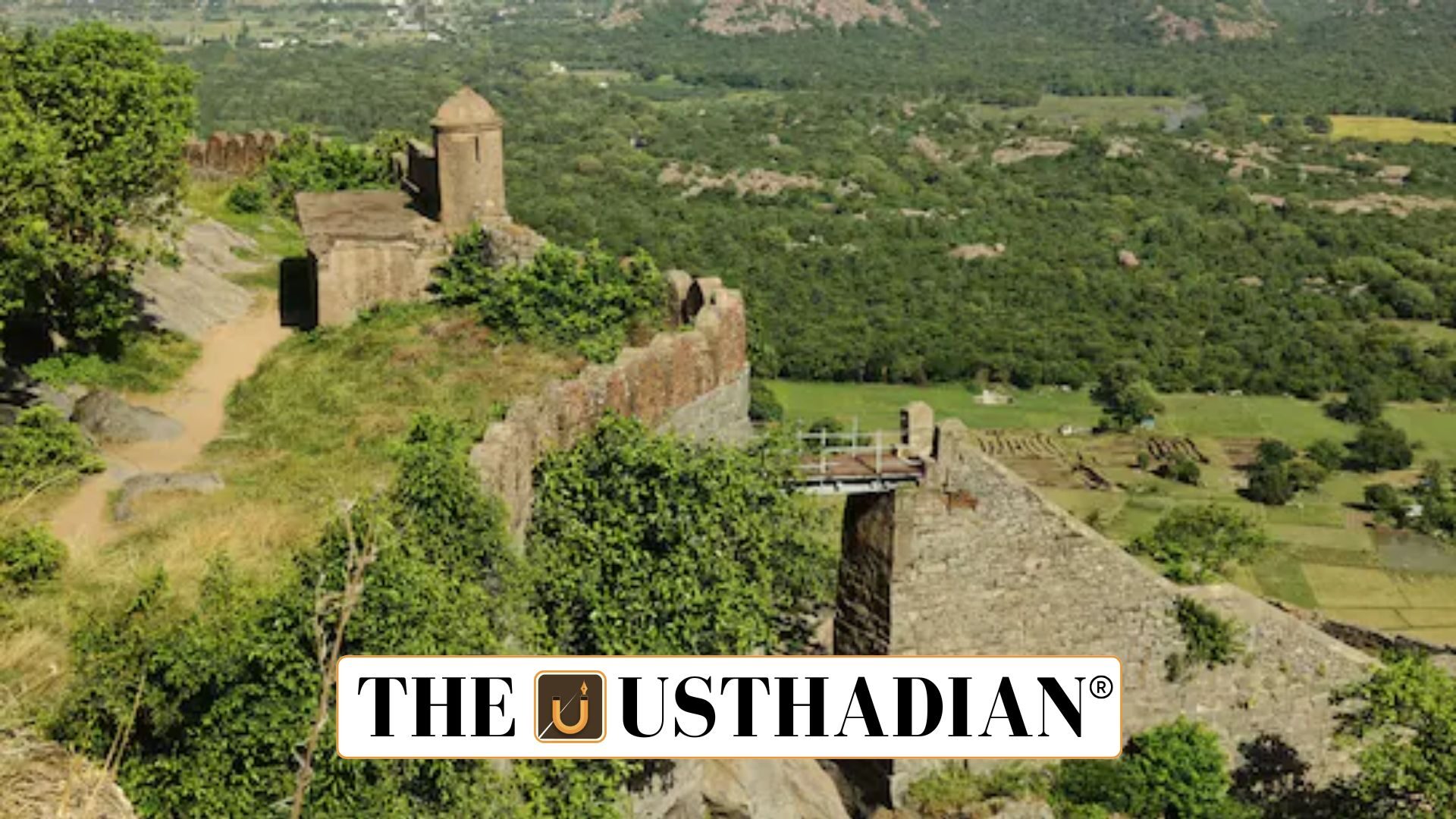Recognition for Maratha military excellence
Maratha Forts Join UNESCO World Heritage List: India’s Maratha Military Forts were officially added to the UNESCO World Heritage List on July 11, 2025, during the 47th session of the World Heritage Committee held in Paris. This inclusion is a proud moment for India’s architectural and military heritage.
The listing recognizes 12 historic forts that represent the Maratha Empire’s strategic planning and mastery in fort construction between the 17th and 19th centuries.
List of forts in the nomination
The recognized forts span across Maharashtra and Tamil Nadu, showcasing the diversity of Maratha fortification styles. These include:
- Raigad Fort – the capital of Chhatrapati Shivaji Maharaj
- Pratapgad, Rajgad, Shivneri, and Salher – strong hill forts
- Sindhudurg, Suvarnadurg, Vijay Durg, and Khanderi Fort – coastal forts
- Lohgad, Panhala, and Gingee Fort – built on plains and rocky outcrops
These forts were chosen for their strategic design, adaptation to different terrains, and military innovations like water management and layered defenses.
Role of Shivaji Maharaj and Maratha strategy
Chhatrapati Shivaji Maharaj played a critical role in fort-building. The forts were not just defense structures but centres of administration and resistance.
Static GK fact: Shivaji built or renovated over 370 forts during his reign, forming the backbone of the Maratha resistance against the Mughals and later colonial powers.
UNESCO recognition and India’s efforts
UNESCO made the announcement public via social media platform X (formerly Twitter). The nomination was part of the 2024–25 UNESCO World Heritage cycle, and India had submitted a detailed dossier explaining the architectural and historical significance of these forts.
This recognition boosts India’s global image in heritage conservation, encouraging future efforts in restoring and maintaining such monuments.
Static GK fact: As of 2025, India has 43 World Heritage Sites, the sixth-highest in the world.
Impact on tourism and conservation
The inscription is expected to increase tourism to these sites, especially in Maharashtra and Tamil Nadu. Heritage experts believe this move will promote local employment, raise awareness, and improve infrastructure and security around the forts.
Officials also hope this listing will inspire youth engagement and educational programs focused on India’s rich military and architectural legacy.
Static Usthadian Current Affairs Table
Maratha Forts Join UNESCO World Heritage List:
| Topic | Detail |
| Date of UNESCO inclusion | July 11, 2025 |
| Total forts listed | 12 |
| Key Maratha leader | Chhatrapati Shivaji Maharaj |
| Session of UNESCO | 47th session held in Paris |
| Notable forts included | Raigad, Pratapgad, Shivneri, Sindhudurg, Gingee |
| States covered | Maharashtra and Tamil Nadu |
| UNESCO cycle | 2024–25 World Heritage nomination cycle |
| Strategic features | Multi-terrain adaptation, water storage, natural camouflage |
| Previous Indian World Heritage Sites | 42 (before 2025) |
| Tourism impact | Boost to local pride, tourism, and conservation funding |








